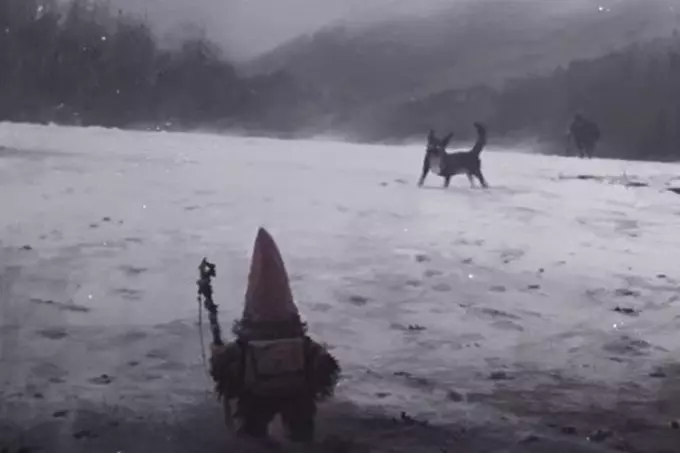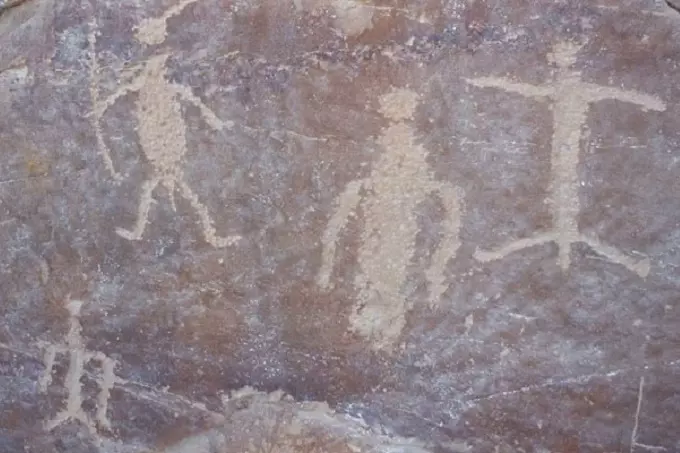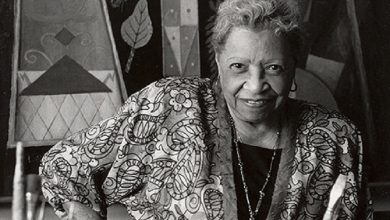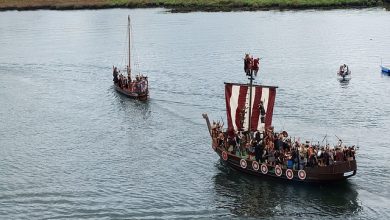The little people of the Pryor mountains

For decades, legends of creatures of small stature living in caves or mountains have existed in various cultures, especially American cultures. Native Americans were convinced that the Pryor Mountains were home to some of them.
The Pryor Mountains are a mountain range in Montana’s Carbon and Big Horn counties and in Wyoming’s Big Horn County. They are located on the Crowe Indian Reservation and the Custer National Forest, and some of them are on private land.
Most Native American peoples have mysterious stories about a mysterious race known as the “little people” These creatures lived in forests, caves, or mountains and near large bodies of water such as the Great Lakes.
Native American mythology
The legends of the little people referred to creatures that were 40 centimeters tall or taller. Some tribes called them mythological creatures similar to fairies and goblins.
These stories were widely known among the natives long before European settlers arrived in North America. This rules out any “resemblance” to goblins that some scholars have suggested.
According to the Wyoming Indians, the Nimerigars were very small and cruel people who were to be avoided at all costs.

Their presence was thought to be a distraction to cause harm. Some considered them gods. Moreover, some tribes claimed they lived in nearby caves that were never explored so as not to disturb them.
The Cherokee, on the other hand, refer to the Ynwi-Tsunsdi, a race of little people who were not usually shown to humans. These creatures were believed to have magical powers and could help or harm people, depending on how they were treated.
The Catawba of South Carolina had myths about the spirit realm that reflected their own and Christian traditions. They believed in yehasuri or “tiny wild men” who lived in the forests.
Also prominent in Native American mythology are pukwuji, humanoid creatures with gray faces and huge ears. This legend is common in the northeastern United States, southeastern Canada, and the Great Lakes region.
The Crowe Indians reported the existence of a race of little people inhabiting the Pryor Mountains. The natives believed that the little people were responsible for carving the petroglyphs found on the rocks of the place.
Other tribes also believed that the mountains of Pryor were inhabited by small creatures. The Lewis and Clark Expedition in 1804 even reported sightings of extremely stunted creatures along the White Stone River, now the Vermillion River.
On August 25, Meriweather Lewis, William Clark, and 10 others walked about 9 miles (14 km) north of the river’s confluence with the Missouri River to see “a mountain of little people.”
Lewis wrote in his diary that the Little People were “devils” with very large heads, about 18 inches (46 cm) high, and very alert to any intrusions into their territory. The Sioux said that the devils carried sharp arrows that could strike at a very long distance and that they killed anyone who approached their mound.
According to Lewis, the Little People frightened the local population so much that the Maha (Omaha), Otto (Otoe), and Sioux did not approach the place.
The Lakota people, who came to live at Spirit Mound following the Wichiena Sioux, have a story not more than 250 years old that tells how a group of 350 warriors approached the mound late at night and were nearly wiped out by the ferocious Little People (survivors were left crippled for life).
Other Native American tribes believe the area is inhabited by demons. They have humanoid bodies, and large heads, and are barely a meter tall. These creatures are always on the defensive and carry sharp arrows capable of killing at great distances.
In fact, many of the deaths of locals who have tried to cross the hill have been attributed to these creatures.
Nevertheless, to the ravens, these little people are sacred and are credited with creating their tribe. They are considered deities.
It is incredible how different Native American tribes coincide in the existence of the so-called “little people.” Just as other tribes throughout the Americas did and as people, even today, are sure to have had contact with them…




